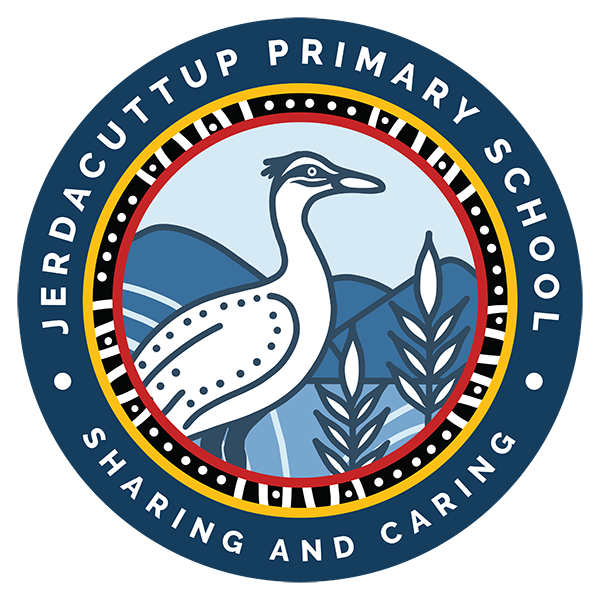Students are taught in one class, kindergarten to Year six with a teacher and education assistant. Specialist teachers are used for Sport, Performing Arts and Japanese language.
The Department of Education’s Curriculum and Syllabus drive curriculum delivery, with the Australian Curriculum being fully implemented.
Academic, social and emotional needs of students are catered for by the high staff to student ratio. Teachers are committed to the welfare and wellbeing of each student and offer them every opportunity and incentive to achieve their potential.
In addition to the academic curriculum, students learn respect, leadership skills, responsibility, and citizenship.
Students access all eight Learning Areas as part of regular classroom activities.
English
Literacy is taught utilising the Multilit, InitialLit, MiniLit and Pre-Lit programs. Spellex and Word Shark are used for spelling. The New South Wales Handwriting style is taught. Reading material is levelled using PM Benchmark for all students. The Reading program includes Reading Eggs and Reading Comprehension kits, to enable individual student plans. The daily Reading Tutor Program has been in place for all students with its primary goals to improve fluency and oral retell.
Mathematics
Lessons have a focus on mental strategies, mathematical reasoning and understanding. Lessons focus on hands-on activities using a wide variety of concrete materials. The Australian Curriculum for numeracy is covered using Mathletics (online), Paul Swan professional learning and the resources, Top Ten and Back to Front Maths. We implement our Whole-school Maths Policy using current, evidence-based pedagogy and resources to address the needs of all students. The daily Quick Start – a basic facts drill challenge for all levels is also used in classes. Numeracy games are also used to help with understanding.
Walker Learning
This new and exciting area of the curriculum is a recent addition to the school. It gives the students a chance to learn through play-based activities that is led by trained Walker Learning staff. The play-based learning is then linked back, so students cover many aspects of curriculum in one session.
Science
This curriculum covers the areas of biological, chemical earth/ space and physical science. Science understanding, inquiry skills and science as a human endeavour are also taught. Field trips, experiments and interactive technologies are used to implement the curriculum. The school continues to maintain sustainable systems including Chook house, worm farm, compost bins and a vegetable garden.
Health and Physical Education
Physical education is taught by a specialist PE teacher. During the year all students are taught ball games, striking games, athletic pursuits, swimming, and body awareness skills. Students use school bicycles during PE lessons, and a morning fitness program is in place. During the year the school participates in swimming lessons, cross country running and athletic carnivals. Other sporting events are undertaken when they arise. Health education covers the areas of personal, social and community health. Mental health is taught using the Zones of Regulation, plus students have access to a specialist wellness teacher.
The Arts
The Arts program incorporates dance, drama, performing arts and visual arts. Performing Arts is taught by a specialist teacher. Students are taught skills in acting, singing, public speaking, dance, drama and costume design. Performances are done on a regular basis to showcase students work. Visual arts are taught in class in a dedicated Visual Arts space.
Technology & Enterprise
Technology & Enterprise with a strong focus on involvement in real life tasks. ICT is integrated into all Learning Areas where possible. Students design and construct various projects using donated materials that are recycled and reimagined. Every student had access to his/her own school-based computer, iPad and digital camera.
History and Social Sciences
Areas covered include history, geography, economics/ business and citizenship. Local history is a major part of the curriculum. Excursions and incursions play a major role in the delivery of the curriculum. Indigenous culture is taught throughout the school and students have many opportunities to learn about the world around them.
Language Other Than English – (Japanese)
Delivered through School of Isolated and Distance Education (SIDE) online for students in years 3-6 using the online program Moodle.

